Galleries
With Picasso and Calder Show, Almine Rech Conquers a New Frontier
The gallery's rapid expansion continues.
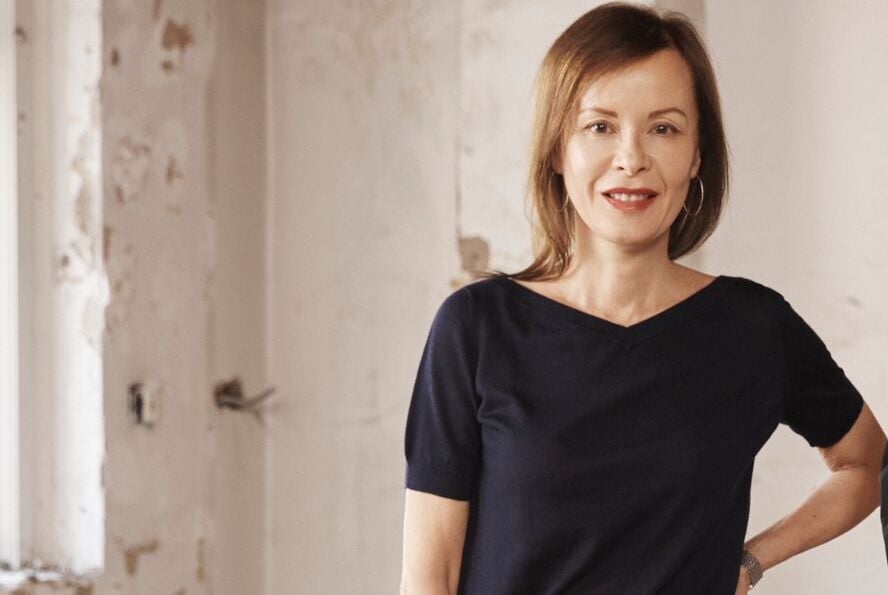
The gallery's rapid expansion continues.

Henri Neuendorf

Almine Rech, the Parisian art dealer opened her fifth gallery in New York last month, inaugurating the space on Manhattan’s Upper East Side with “Calder and Picasso,” a two-person exhibition of works by Pablo Picasso and Alexander Calder.
Curated by the artists’ grandsons, Bernard Ruiz-Picasso and Alexander S. C. Rower, president of the Calder Foundation, the inaugural exhibition resists the temptation to fill the galleries with marquee pieces by the two great modernists, opting instead to take a more personal approach.
“We’re trying to show something more intimate about them instead of always the grandness of these great masters,” Rower said. The curators explained that they have a strong personal connection with most of the art on display, having lived with several of the pieces in the show. For example a lithograph of a jester dedicated to Ruiz-Picasso used to hang in his bedroom when he was a boy. At the press preview the artist’s grandson fondly recalled how it had to be removed because at the time the garish figure frightened him.
In many ways the show is a great way to introduce the Almine Rech Gallery to a New York audience that may not be familiar with her approach. It’s a museum quality presentation while still being understated, linking two modern masters in a context that demonstrates their current relevance.
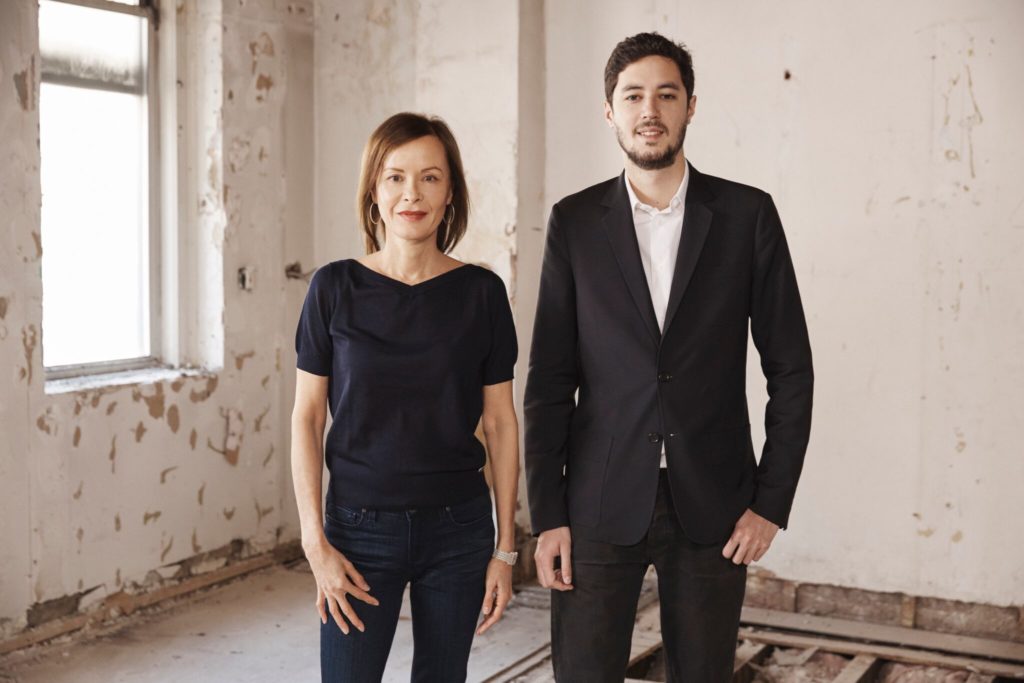
Almine Rech and her son, director of the New York gallery, Paul de Froment. Photo: Photo: Bec Lorrimer, Courtesy Almine Rech Gallery.
Yet the show, and the opening of the new space, is also a culmination of rapid internationalization and expansion for the elegant Frenchwoman who started her gallery with her former husband and partner Cyrille Putman in a modest space in the (then-unfashionable) Parisian district of Marais in 1990.
The gallery’s first exhibition was a single artwork presentation by the American light artist James Turrell—the artist’s first solo show in Europe. It was a risky move by Rech, but it earned her plaudits among artists, institutions, and collectors who were impressed by her artist-driven ethos. In the early days, she focused on American Minimalists and conceptual artists such as Turrell, John McCracken, and Joseph Kosuth. Unlike today’s market where artists like Turrell enjoy wide popularity and command big bucks, in the early 90s, the Minimalist aesthetic and its proponents were broadly overlooked.
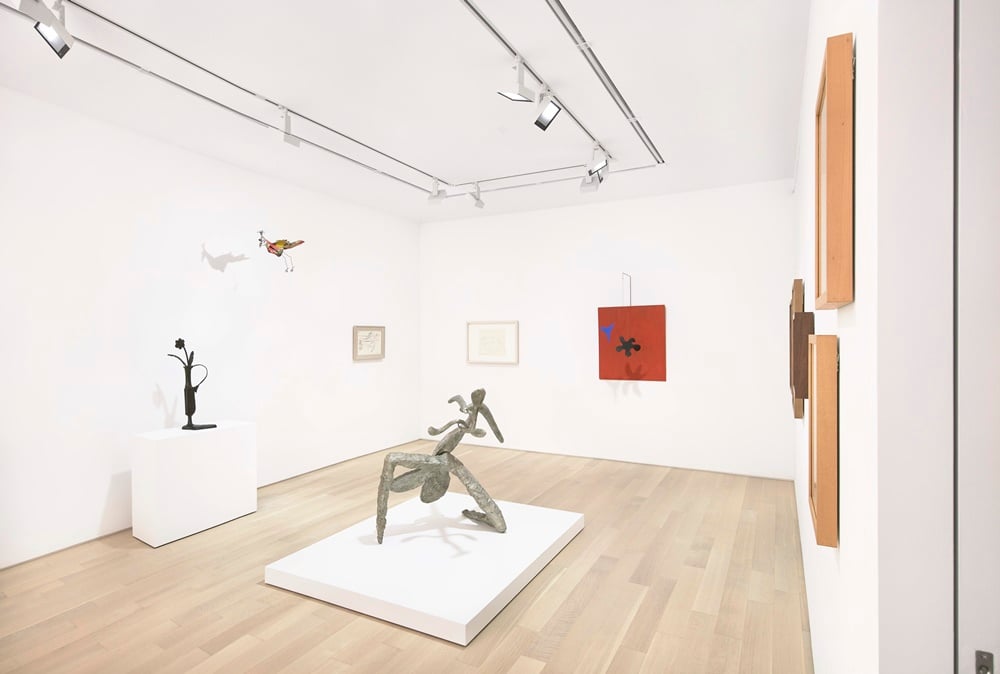
Installation View: “Calder and Picasso” at Almine Rech Gallery, New York, 2016. Photo: All works by Alexander Calder © 2016 Calder Foundation, New York/Artists Rights Society (ARS), New York. All works by Pablo Picasso © 2016 Estate of Pablo Picasso Artists Rights Society (ARS), New York.
By 1997, when the personal and business relationship with her partner soured, and she went at it alone, bolstering her program of conceptual and minimalist artists with young Europeans such as Ugo Rondinone.
“Her operation was small at the time,” said Belgian collector Alain Servais over email. Servais, who has known the dealer for over 15 years, added that the gallery’s program and reputation grew rapidly after her marriage to Bernard Ruiz-Picasso—the Spanish master’s only legitimate grandson—and began to “really explode” in the last five to six years.
While it’s easy to give credit for the gallery’s expansion to Rech’s union with Ruiz-Picasso—who presides over the powerful and influential Picasso Foundation and its resources—that connection belies the dealer’s deftness at identifying and retaining talent. As evidence of her acumen, most of the artists from the gallery’s nascent days are still with Rech, including Turrell, McCracken, and Kosuth.
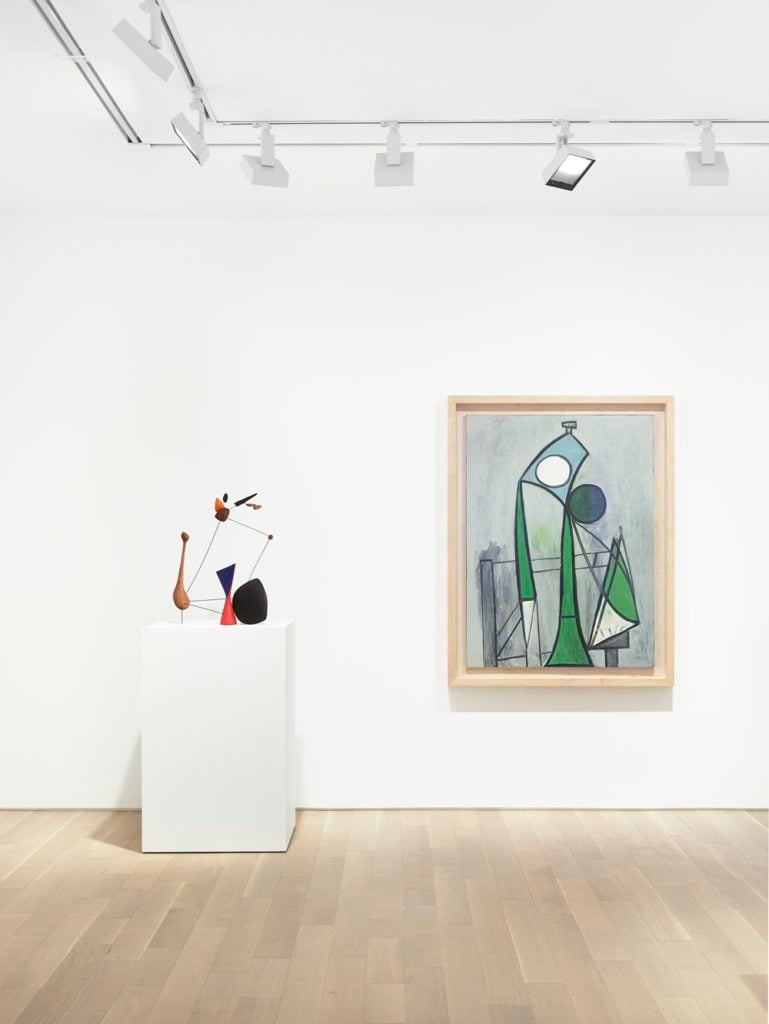
Installation View: “Calder and Picasso” at, Almine Rech Gallery, New York, 2016. Photo: All works by Alexander Calder © 2016 Calder Foundation, NewYork/Artists Rights Society (ARS), New York. All works by Pablo Picasso © 2016 Estate of Pablo Picasso Artists Rights Society (ARS), New York.
In 2006, Rech expanded her gallery beyond France for the first time, opening a space in Brussels. Since then, she’s opened two spaces in London, in 2014 and 2016, and now, another in New York.
“It’s always been a very important city for our family,” Rech told artnet News at the press preview for “Calder and Picasso.” “New York counts for a lot, and in terms of the gallery, it came very naturally. We have many clients, many friends, and Paul, my eldest son, decided two years ago to live in New York. So it’s almost like we had to do it.”
As the gallery has expanded abroad, it has also broadened its focus to include a healthy mix of international blue-chip artists such as Jeff Koons and Julian Schnabel, as well as younger, emerging artists such as David Ostrowski, Chris Succo, and Brent Wadden.
“I think it is important for a gallery of the 21st century to be anchored in the 20th century and to foster dialogue between the artworks of several generations,” Rech told artnet News. “It is a personal viewpoint, and while I understand when a gallery wishes to dedicate its program to contemporary or modern art, our gallery finds inspiration in this trans-generational aspect for our viewers,” she explained.
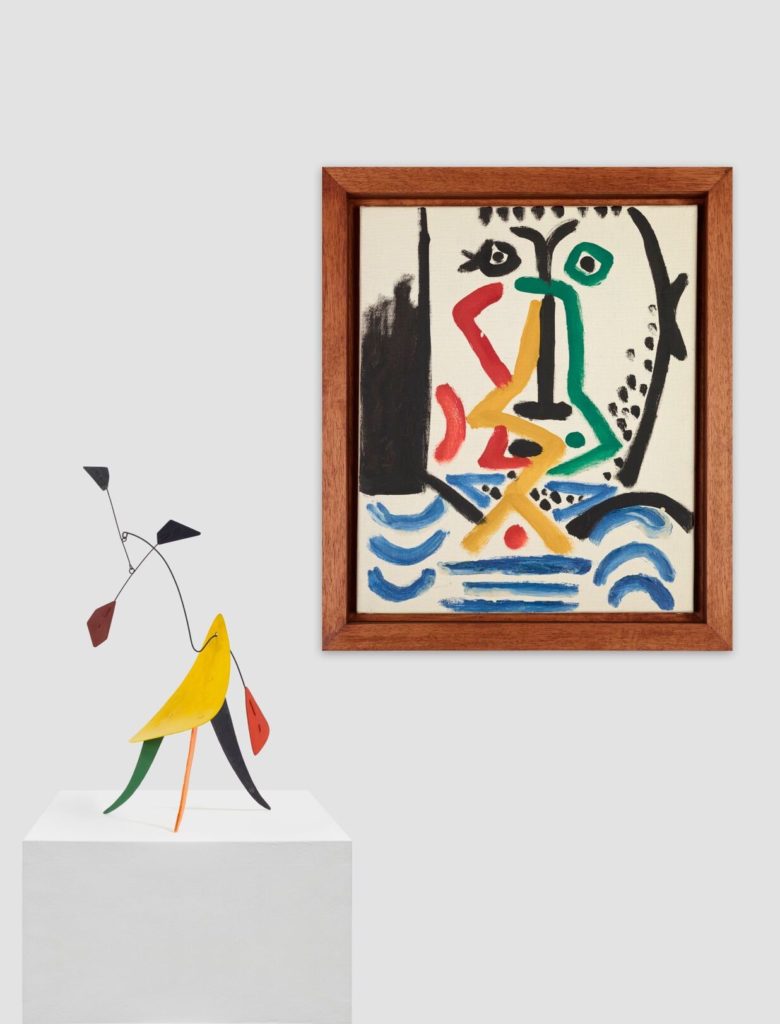
Alexander Calder Untitled. (ca. 1942). © 2016 Calder Foundation, New York/Artists Rights Society (ARS), New York. Pablo Picasso Portrait of a Bearded Man (1964). © 2016 Succession Picasso/Artists Rights Society (ARS), New York.
“She is truly passionate for art.” Servais continued. “But art in her image and personality, elegant and not aggressive.” Adding “she is unanimously appreciated for her natural kindness and generosity and also because her foundation’s regular support to all kinds of art institutions and initiatives, not especially the most glamorous.”
But rapid international expansion comes at a price. A dealer speaking anonymously to artnet News revealed that Rech failed to recognize one of her represented artists when he greeted her at an exhibition opening. Feeling slighted by the incident, the artist left the gallerist’s roster shortly thereafter. Taking aboard enough artists to fill five galleries across the globe—no less than 51 at the time of this writing—has its downsides.
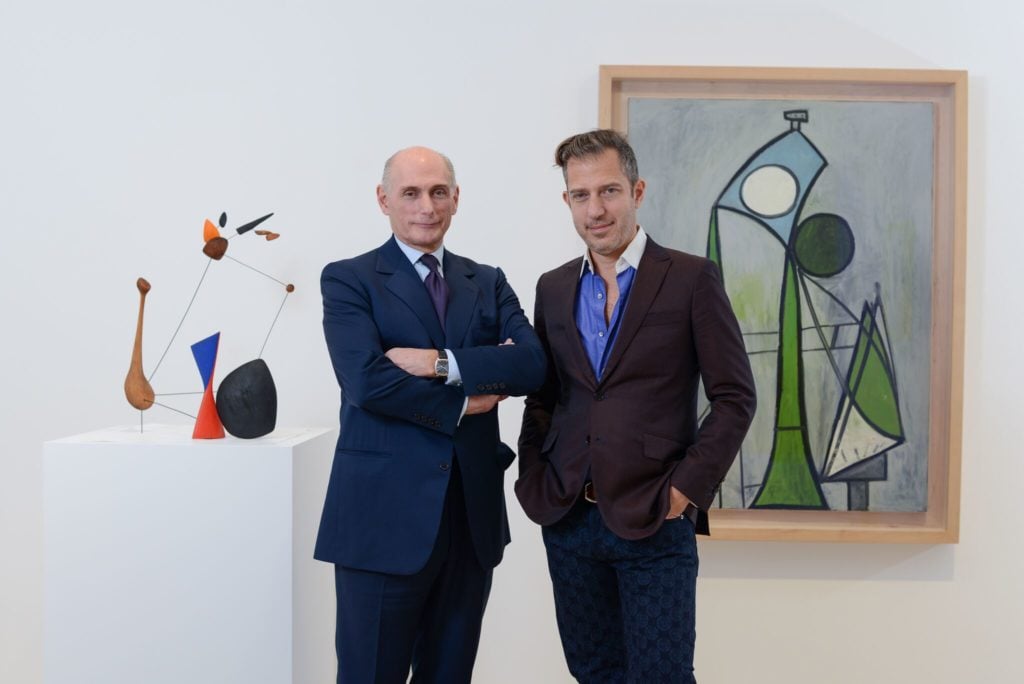
Bernard Ruiz-Picasso and Alexander S.C. Rower. Photo: Casey Kelbaugh, courtesy of Almine Rech; Alexander Calder/ Constellation with Diabolo. 1943. © 2016 Calder Foundation, New York/Artists Rights Society (ARS), New York. Pablo Picasso Woman (1946) © 2016 Succession Picasso/Artists Rights Society (ARS), New York.
Despite this, Rech remains a respected figure amongst her contemporaries such as the Parisian art advisor Laurence Dreyfus who praised Rech for her “clear and forefront vision,” and her “very strong beliefs in contemporary art.”
“Her choices always coincide with the art market and keep a close link between the contemporary and modern art,” Dreyfus explained in an email to artnet News. “For example, including Picasso together with contemporary artists in a perfect way. Though I find that the program sometimes is maybe too close to fashionable artists. But she is really the woman of her time.”
“She has one foot in the present with strong fashionable artists,” said Dreyfus, “and one foot in the past with top, big modern artists such as the great Picasso and now Calder…. She will bring to New York City a new, fresh, French air.”